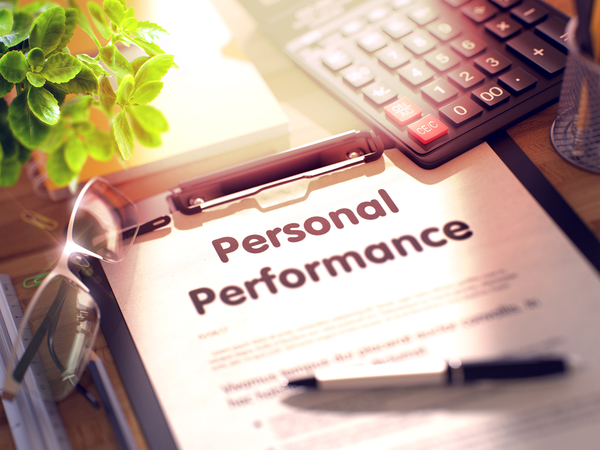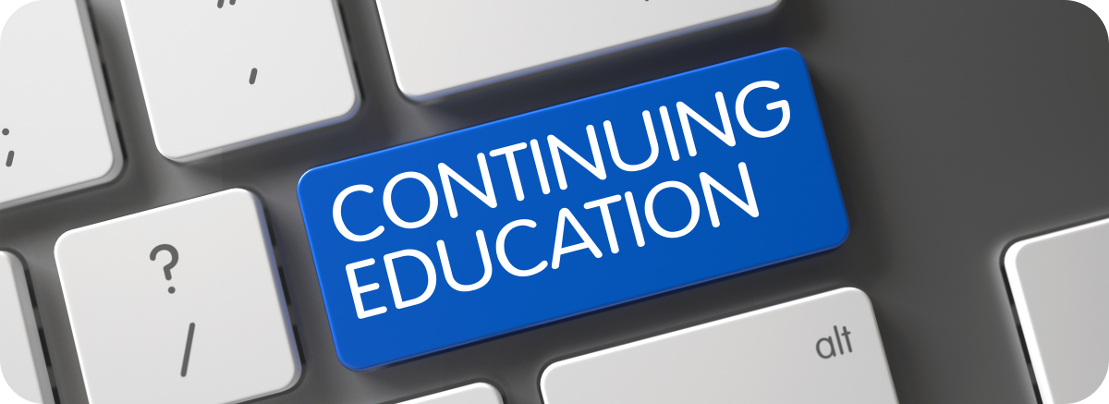Improving your Personal Productivity
1. Organize Your Physical and Digital Workspace
Removing the mess from your workspace and getting organized can significantly improve many aspects of your work day, including your ability to concentrate, achieve targets, and become more efficient. This course will help you increase your productivity by showing you how to organize and maintain both your physical and digital workspace. You’ll learn how creating a clutter-free workspace and effective filing can improve your productivity. But it’s not just your physical workspace that needs decluttering; this course will show you how to manage digital files, which is just as important. And once you’ve gotten your workspace under control, you’ll learn how to maintain it.

- recognize the rewards of an organized workspace
- recognize what a productive workspace looks like
- apply the process for creating a clutter-free workspace in a given scenario
- recognize appropriate examples of the principles of effective filing
- recognize techniques for managing digital files
- manage your e-mail in a given scenario
- recognize how to maintain a productive workspace
2. Avoid Procrastination by Getting Organized Instead
The last time you were faced with a list of tasks, which one did you do first? Was it the most difficult? Was it a random choice, or did you choose the easiest task first? The latter points toward procrastination – a habit that causes urgent and difficult tasks to pile up as you avoid them. Procrastinators typically focus on the reasons not to do something, rather than just doing it. Don’t think about working more hours, think about working better hours. Use your time to get organized and avoid procrastination. In this course, you’ll discover some tips to become more organized and combat time wasters. You’ll learn about the causes of procrastination, and the ways to develop your self-discipline. You’ll also learn how to set your priorities and know when to say yes to a new task and when to say no.
- recognize the benefits of overcoming procrastination
- recognize the causes of workplace procrastination
- recognize ways to develop discipline in a given scenario
- match the actions to take to combat time wasters
- recognize how to set priorities and keep focused
- identify ways to say “no” and avoid over-commitment
3. Maximize Your Productivity by Managing Time and Tasks
The amount of time available to you is constant – you can’t buy more and you can’t save it for later. What you can do is increase your productivity – the value you produce in the time you have. And the better you understand your own personal productivity, the easier it will be to manage your time effectively. In this course, you’ll learn about managing tasks in a way that maximizes your productivity. You’ll discover the benefits of setting goals and how productivity is tied to your ability to assess time and set priorities. You’ll learn about the process of “chunking” your time and the principles of efficient scheduling. You’ll also learn about the different types of to-do lists and how to use them effectively.

- sequence the steps for assessing the time and value of your tasks
- match the types of tasks that belong in four priority categories
- recognize how to chunk your time
- recognize the basic principles of scheduling
- recognize what an effective to-do list looks like
- analyze the use of a to-do list in a given scenario
4. Achieve Productivity in Your Personal Life
A busy personal life has a direct correlation to your productivity level at your job. Get control of your tasks at home and that will help your productivity level at work, making you better able to stick to schedules and meet deadlines by reducing the stress and distractions that come from trying to juggle home and work at the same time. In this course, you’ll explore some tips for getting yourself and your family out the door in the morning, as well as managing areas of your life such as personal appointments, personal organization, parental responsibilities, and your personal health and well-being.
- identify tips to help you to get yourself and your family out the door on time
- select tips that help you manage time when you’re on the go
- identify tips that aid you in organizing personal and household tasks
- choose actions that help you to organize your parental responsibilities
- identify actions that help you maintain your health and well-being


